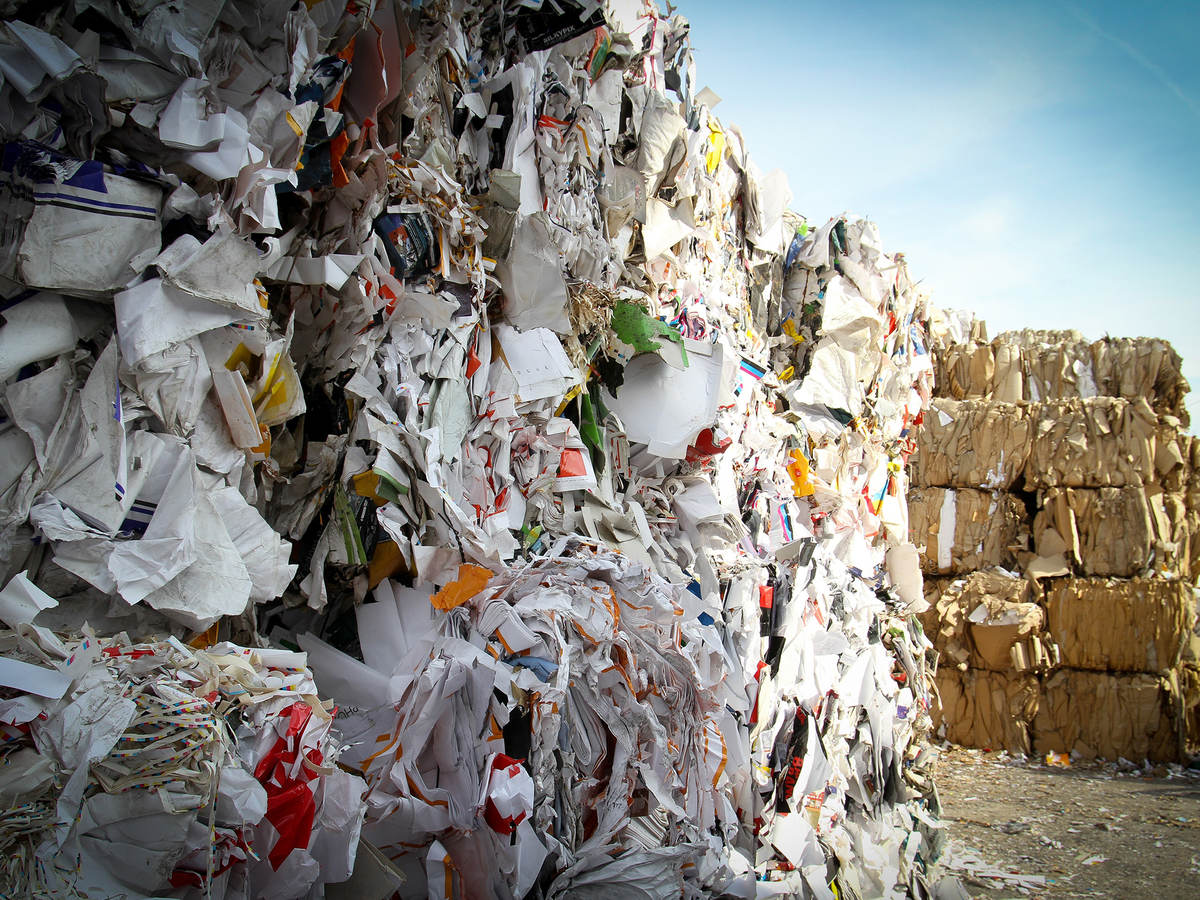June 5, 2018
In a previous post, we established that one of the indirect benefits of pursuing zero waste is a reduction in greenhouse gas (GHG) emissions. When materials are not sent to the landfill, their life is often extended or resources are reused, reducing the need to create new materials, which requires energy and generates emissions.
While this is a fair point intellectually, a more valuable exploration involves using an example of two alternative disposal options – recycling versus landfill – to calculate the resulting GHG emissions and quantify the difference.
Fortunately there are some tools available which have already done the difficult work of performing a comparative life cycle assessment for all the potential disposal routes. One of these tools is the U.S. Environmental Protection Agency (EPA) Waste Reduction Model, also known as WARM. Both an online calculator and a downloadable excel spreadsheet are available at the EPA WARM site.
How much can GHG emissions be reduced by recycling? Most reports of zero waste or waste diversion only include the total percent material diverted from landfill. Since no details are provided, it’s difficult to estimate the GHG emissions benefits from the publicly available data. Fortunately, UL developed a Circularity Facts project for the ASUSTeK computer refurbishment program in Taiwan. Circularity Facts includes measures of circularity for both products and sites. Zero waste or waste diversion is used to measure circularity for sites and the data is reported in greater detail. Based on that data and some assumptions about the waste materials being produced, it’s possible to estimate GHG emissions savings.
Let’s assume that the primary waste materials are computers and computer components which could not be refurbished. Using WARM, we can calculate the benefit of recycling rather than landfilling the waste materials. The table below has the results of a calculation based on 100 tons of material being managed.
Table 1. Circularity Facts for INFO. Forerunner Computer Co.,LTD. Facility, Taiwan
The table compares the emissions of GHG when landfilling versus recycling. The WARM calculations take into account multiple factors such as GHG emissions from landfills, transportation, manufacturing of the raw material, emissions from recycling, and other lifecycle-based stages, depending on the material. Additional details can be found in the WARM documentation on the EPA web site.
As can be seen from the table, recycling 97 tons of computers (electronics) reduces emissions by the equivalent of 244 metric tons of carbon dioxide (2.7 MTCO2E per ton of computers). The more detail available on materials used, the more accurate the resulting calculations will be. Typically sites going through a zero waste certification have more than enough detail to calculate the benefit for their project.
Working to put science and metrics behind difficult-to-measure sustainability achievements, UL’s Circularity Facts program helps companies calculate, validate and promote their circular economy efforts. For more information, visit UL.com.
International Grocer Lidl Achieved UL Zero Waste to Landfill for Finland Distribution Centers
Lidl Finland recently announced that it has achieved the UL Zero Waste to Landfill Platinum level for all three of its distribution centers in Finland.
Get connected with our sales team
Thanks for your interest in UL's products and services. Let's collect some information so we can connect you with the right person.

